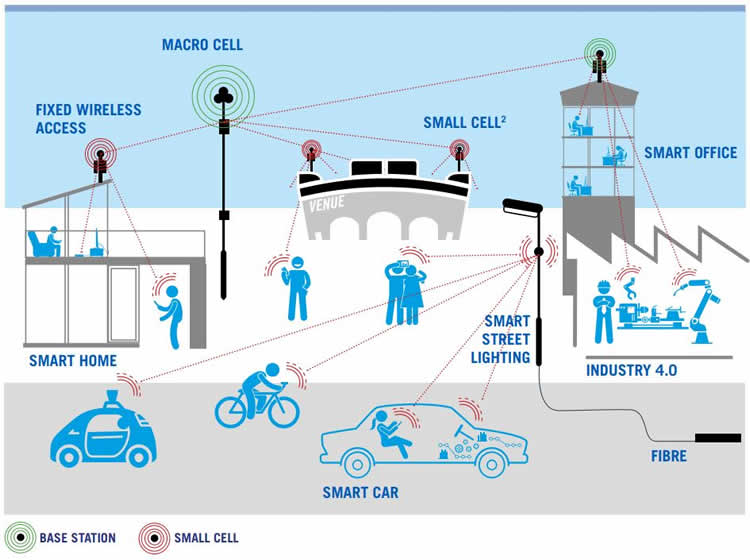Michelle Donegan is a tech writer who has covered the communications industry for more than 25 years on both sides of the pond. Having worked for various industry titles, including Communications Week International, Total Telecom and Light Reading, she specializes in mobile network technology trends.

The Scottish government unveiled plans to support the development of 5G that includes continuing to work with industry stakeholders, researchers and the UK regulator to encourage the deployment of the new technology across the country. The new strategy aims to establish Scottish leadership in 5G development.
The strategy was accompanied by research from Deloitte, commissioned by Scottish Futures Trust, that shows how fully embracing the 5G opportunity and commercialising new use cases could add £17 billion to Scottish GDP by 2035, which would be an 8.3% increase. In addition, other economic effects of 5G include adding 160,000 jobs, 3,000 new businesses, £5.7 billion in tax revenues and £3.3 billion more in exports, according to Deloitte.
Along with the economic benefits, the Deloitte report also highlights the social impacts that 5G services could have in Scotland, such as improved access to healthcare and education; lower emissions from smart transport; enhanced public safety and preventative healthcare.
That’s why the Scottish government is eager to act now to make 5G a reality and realize the potential benefits.
5G Strategy for Scotland
The Scottish government already has several 5G-related activities, which will continue under the new strategy. These include working with city councils and Transport Scotland on infrastructure sharing; funding and partnering for IoT projects, such as the IoT Scotland network; funding to extend rural 4G coverage and fill in “not-spots;” and streamlining planning permissions for new mobile mast infrastructure.
The new activities that the government is committing to will be more collaborative. Specifically, the government will work with industry partners to fund and develop 5G use case projects in the areas of rural connectivity, remote healthcare, agricultural technology, tourism, urban 5G networks, energy management, precision medicine and IoT applications.
The government notes that the overriding priority and a key focus for all the projects is the security and resilience of the 5G networks and how to manage and prevent cyberattacks.
In addition to collaborating on new use cases, the government also plans to:
- Facilitate access to public sector assets for installing telecom equipment
- Explore a “sustainable neutral host model” in partnership with industry to reduce the cost of rural deployments and accelerate urban rollouts
- Work with industry and Transport Scotland to understand how to build sustainable 5G transport corridors
- Review current planning policy and development rights
- Support local authorities by developing a pilot for an infrastructure mapping portal, creating a 5G procurement toolkit; establishing best practices and guidance for getting 5G ready.
Building on Current 5G Trials
Several 5G trials are already underway in Scotland, which lay the groundwork for the government’s aspirations. These include the 5G RuralFirst project that is trialling 5G access and 5G broadcasting on the remote Orkney islands.
50% off Lyca Mobile’s Pay As You Go plans
Lyca Mobile’s cheap Pay As You Go deals include roaming and international minutes.









